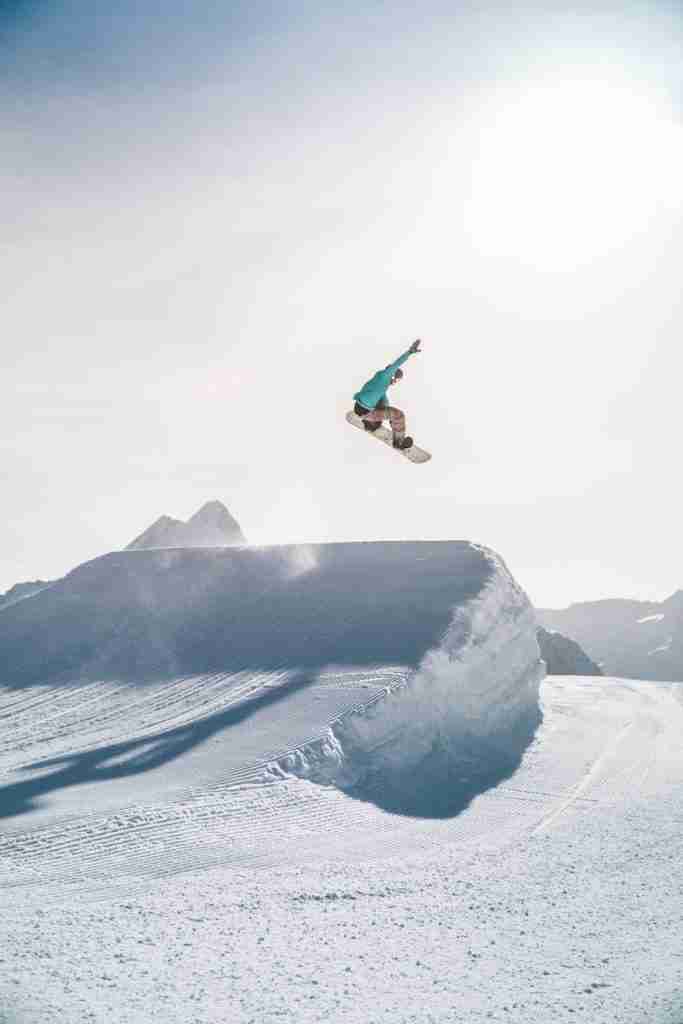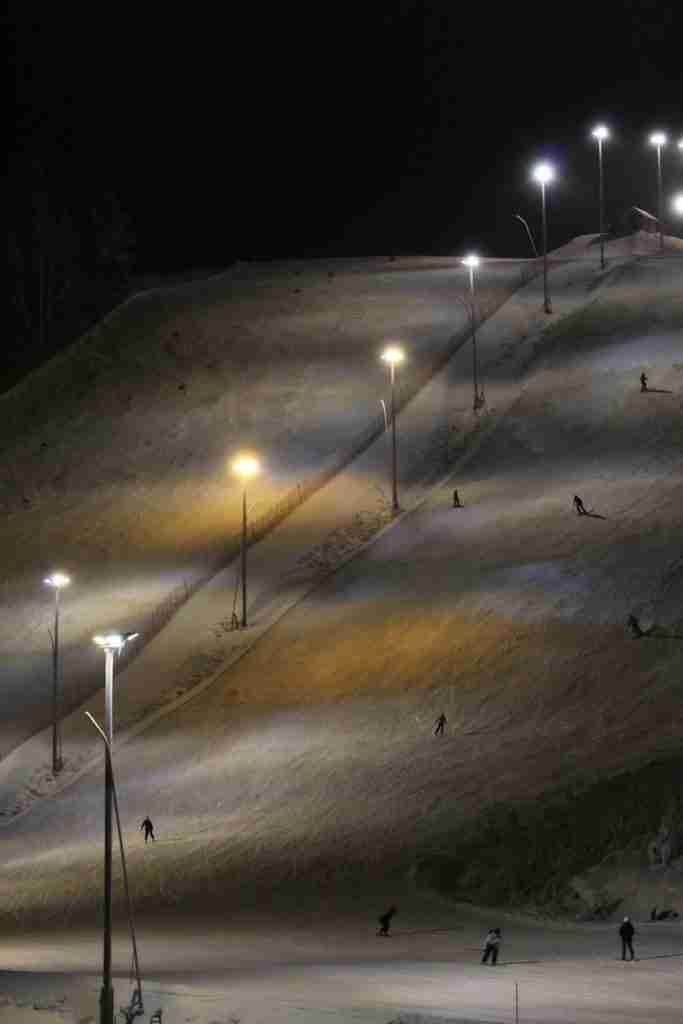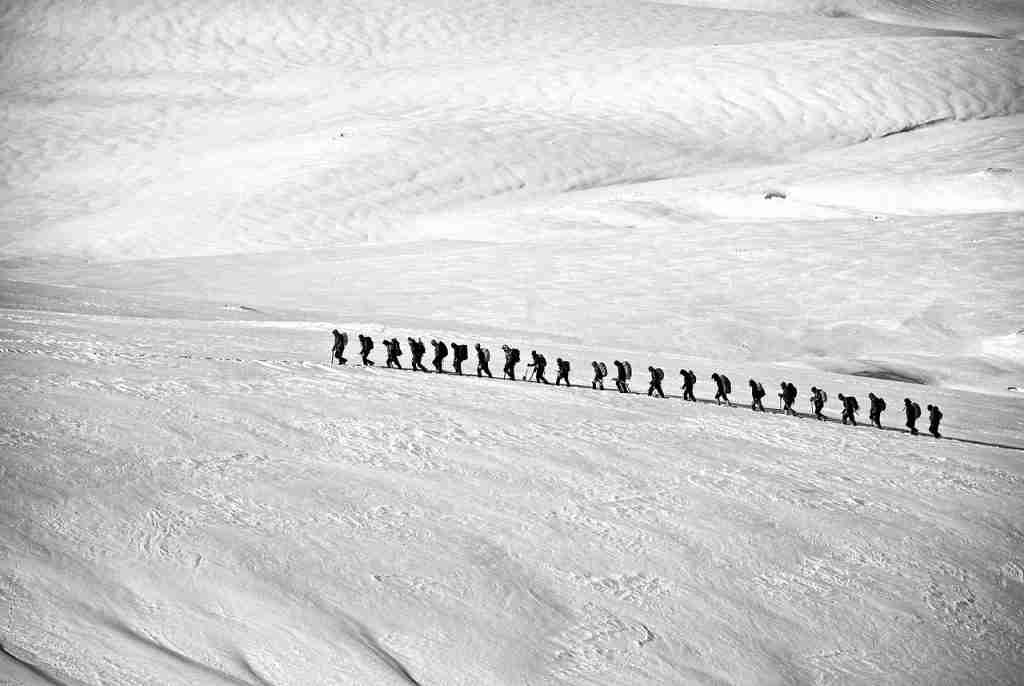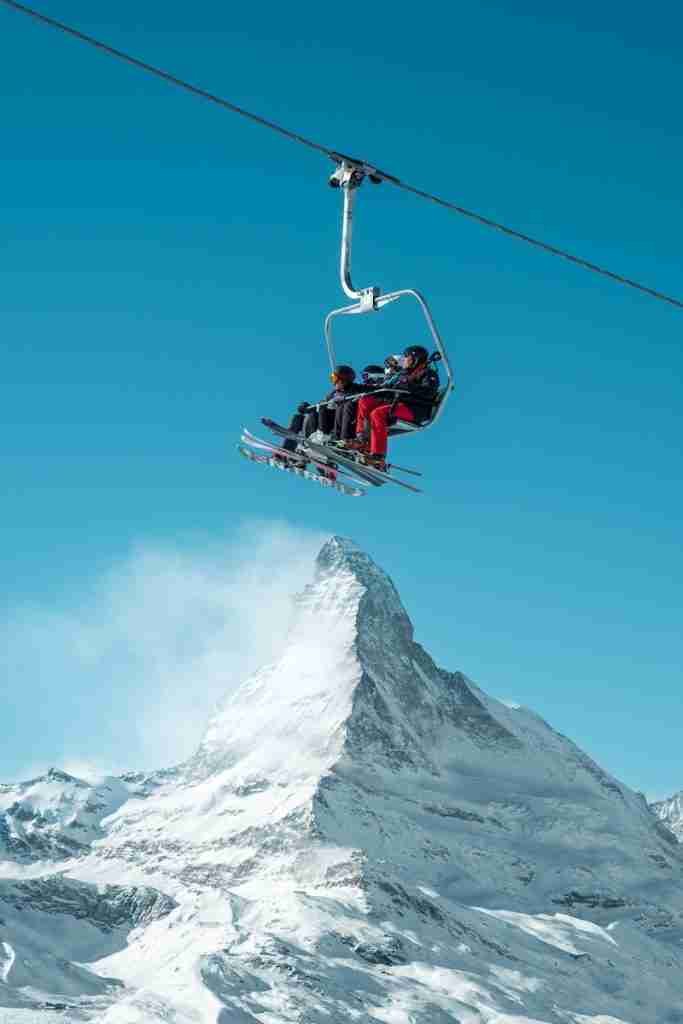25 Fun Facts About Skiing | From Slopes to Snowflakes
1. Skiing was originally a mode of transportation in snowy regions.
Centuries ago, skiing was a vital method of traveling across snow-covered terrain. Its origins can be traced back to ancient cultures where it served as a reliable means of transportation during harsh winter months.
What started as a practical necessity eventually evolved into a thrilling recreational sport, with enthusiasts embracing the beauty of snowy landscapes and the thrill of gliding down the slopes.
2. The first recorded ski competition was in Norway in 1767.
Norway, with its deep-rooted ski heritage, played a pivotal role in the history of skiing. The first recorded ski competition took place in 1767, marking the sport’s transition from a practical mode of travel to a competitive and recreational pursuit.
This historical event laid the foundation for the organized ski competitions that would follow.
3. The world’s oldest ski was discovered in Russia and dates back to 6300 BC.
A remarkable archaeological discovery in Russia unveiled a 6,300-year-old ski, providing compelling evidence of skiing’s ancient origins.
These ancient skis were crucial tools for early societies, enabling them to navigate snowy landscapes and inspiring generations to come.
4. Snowboarding was inspired by surfing and skateboarding.

Snowboarding, with its graceful movements and daring tricks, draws inspiration from the worlds of surfing and skateboarding.
Snowboarders glide down slopes with a fluidity reminiscent of riding ocean waves and perform acrobatic maneuvers akin to skateboarding, infusing the sport with a distinct and dynamic character.
5. Skiing was used by the military for reconnaissance in World War II.
During World War II, skiing played an essential role in military operations, particularly for reconnaissance missions in snowy and mountainous regions.
Soldiers used skis to move swiftly and silently through challenging terrains, underlining the multifaceted utility of this winter sport in various contexts.
6. The longest recorded ski jump is over 800 feet!
Ski jumping enthusiasts have continually pushed the boundaries of what is physically possible, with the longest recorded ski jump surpassing a breathtaking 800 feet.
Achieving such incredible distances requires a unique combination of skill, technique, and sheer bravery.
7. The term “apres-ski” refers to social activities after a day of skiing.
“Apres-ski” captures the vibrant social scene that unfolds after a day on the slopes.
It includes everything from cozy gatherings by the fireplace, to lively après-ski parties at ski resorts, where skiers and snowboarders come together to celebrate their day on the mountain, share stories, and unwind in a warm and inviting atmosphere.
8. Some ski resorts offer night skiing under the stars.

For those seeking a unique and magical skiing experience, several ski resorts extend their operating hours into the night, allowing enthusiasts to carve down the slopes under the shimmering canopy of stars.
The combination of artificial lighting and the tranquil beauty of the night sky creates an unforgettable ambiance.
9. Skiing burns around 300-600 calories per hour.
Skiing is not only an exhilarating winter activity but also an excellent workout, with the potential to burn a substantial amount of calories.
On average, skiing can torch between 300 to 600 calories per hour, making it a fantastic way to stay active and in shape during the colder months.
10. The word “ski” comes from the Old Norse word “skíð,” meaning stick.
The etymology of the word “ski” takes us back to the Old Norse language, where “skíð” referred to a simple stick or plank used for sliding over snow.
These early skis were rudimentary, and over time, the concept of skiing evolved into the sophisticated equipment and techniques we know today, making it one of the most exhilarating winter sports.
11. “Nordic skiing” refers to cross-country skiing techniques.
The term “Nordic skiing” encompasses a wide range of techniques used in cross-country skiing. Unlike the downhill variety, Nordic skiing involves extended glides and the use of poles, primarily taking place on flatter terrains.
It’s a demanding but highly rewarding discipline that requires both physical endurance and technical finesse.
12. The first Winter Olympics in 1924 featured only Nordic skiing events.
The inaugural Winter Olympics held in Chamonix, France, in 1924, exclusively featured Nordic skiing events.
This historical fact underscores the early significance of Nordic skiing in the world of winter sports and its vital role in shaping the Winter Olympics as we know them today.
13. Ski bindings release to prevent injury during falls.
Ski bindings are a crucial component of every ski setup, designed to release when excessive force is applied.
This safety feature is essential to prevent injuries during falls or sudden movements on the slopes, ensuring that skiers can enjoy their sport with confidence.
14. Skiing in the Alps dates back to the 19th century, which is one of the fun facts about Skiing.
The tradition of skiing amidst the majestic Alpine mountains has a history dating back to the 19th century.
What began as a practical means of transportation for locals in these snow-covered regions has blossomed into a beloved and iconic winter pastime, drawing visitors from around the world to experience the beauty and thrill of the Alps.
15. The speed skiing world record is over 150 mph!
Speed skiing, one of the most extreme forms of the sport, has athletes hurtling down slopes at astonishing speeds.
The current world record stands at over 150 miles per hour, a testament to the audacity and skill of these daring individuals who strive for unparalleled velocity on skis.
16. Jesper tjäder’s remarkable achievement for breaking the guinness world record for the longest ski rail slide.
Swedish freeskier Jesper Tjäder aimed to break the Guinness World Record for the longest rail slide on skis, a title previously held by the legendary freeskier Tom Wallisch.
After six years and 127 attempts, Tjäder made history in the world of freeskiing by surpassing Wallisch’s record. He achieved this feat by successfully completing a rail that measured an impressive 154.49 meters, equivalent to 506 feet and 28 inches.
17. Skiers use wax to improve glide and control.
Skiers employ specially formulated wax on the base of their skis to optimize both glide and control.
This allows them to adapt to varying snow conditions and terrains, providing a smoother and more enjoyable skiing experience.
18. The term “bunny slope” refers to beginner ski slopes.
The endearing term “bunny slope” refers to the gentle, easy slopes that cater to beginners just starting their skiing journey.
These slopes provide a safe and comfortable environment for novice skiers to develop their skills and build confidence on the snow.
19. Skiing is a full-body workout, engaging many muscles.
Skiing is a dynamic and comprehensive physical workout, engaging numerous muscle groups throughout the body.
From the legs, which provide balance and power, to the core and upper body, which maintain stability and control, skiing is a holistic exercise that promotes strength, endurance, and overall fitness.
20. The world’s steepest ski slope is in Austria.

Austria, known for its stunning Alpine landscapes, is home to the world’s steepest ski slope.
The thrill-seekers who dare to conquer this slope are rewarded with an adrenaline-pumping adventure, as they navigate the challenging terrain and take in breathtaking mountain vistas.
21. Ski jumpers can experience over 3.5 Gs of force.
Ski jumpers, those daring athletes who launch themselves off ski jumps, are subjected to incredible forces, often exceeding 3.5 Gs, during their flights.
The ability to withstand and control these intense forces is a testament to their remarkable skills and physical prowess.
22. What is freestyle skiing?
Freestyle skiing is an exhilarating winter sport that combines skiing with acrobatics and tricks.
Skiers perform flips, spins, jumps, and other stunts while navigating various terrains, showcasing both creativity and skill.
23. The first ski resorts opened in the 1930s.
The 1930s witnessed the opening of the world’s first ski resorts, signaling the beginning of a thriving industry that would offer winter enthusiasts a broad spectrum of recreational opportunities.
These early resorts set the stage for the development of ski culture and the construction of countless others worldwide.
24. The “ski lift” was invented in the early 20th century.

In the early 20th century, the invention of the ski lift marked a pivotal moment in the history of skiing.
This innovation revolutionized the sport by providing convenient transportation to the top of the slopes, making skiing more accessible to a broader audience and expanding its popularity.
25. Skiing is a thrilling way to connect with nature!
Beyond the adrenaline rushes and athletic challenges, skiing offers a unique and exhilarating way to immerse oneself in the beauty of natural snowy landscapes.
It’s a chance to savor the serenity of a pristine winter wonderland while enjoying the thrill of gliding down the slopes, making skiing a truly special and unforgettable experience.
FAQs
Skiing boots are essential footwear for skiing, designed to offer control and support while on the slopes.
Extreme skiing is a high-risk, thrilling discipline that involves navigating steep, rugged terrain, delivering an adrenaline rush for skiers.
Ski resorts often have interesting histories. For example, Sun Valley in Idaho was the first ski resort in the United States, attracting celebrities like Ernest Hemingway.
Ski bindings, which secure your boots to the skis, have evolved significantly. The first ski binding was a simple leather strap, and now we have advanced bindings that enhance safety and performance.
“Allemansrätten” in Sweden is the right of public access, allowing skiing and other activities on private land, promoting accessible winter sports.







